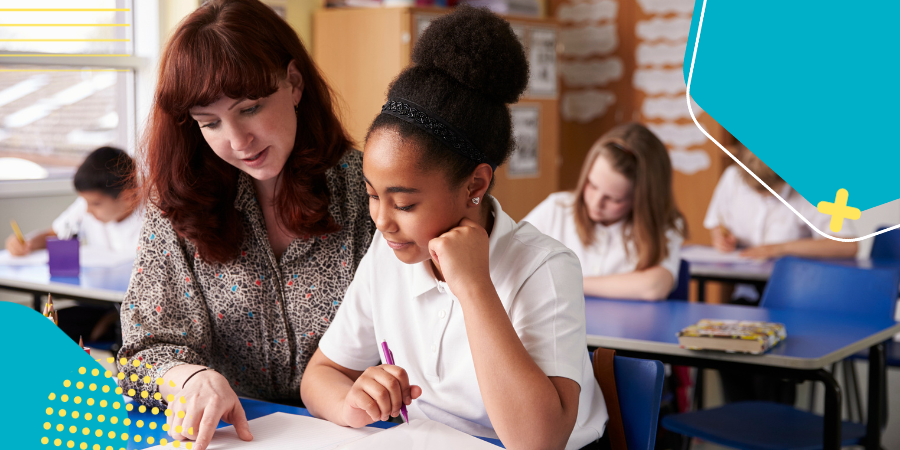
How to prepare your Year 6 students for secondary school

For students, the transition from Year 6 to secondary school is a significant change. As students prepare to transfer to a completely new school with new peers, it can be frightening and daunting. As a teacher, you'll undoubtedly want to help make this transition as smooth as possible for your students.
Despite being in the midst of a pandemic last year, schools did their best to prepare their students for the transition from Primary to Secondary School, and to support them in settling in once they arrived. So, how can we smooth that journey this year?
Building new relationships
Students must establish fresh relationships when transferring to a new school. On their first day, students will be introduced to their form tutor, who will be with them throughout most, if not all, of their time in school. Ideally, their tutor will grow to be their pastoral and academic support, but building trust takes time. Important questions or concerns from students’ risk going unanswered as a result of missing opportunities to ask a trusted adult all they really want to know.
In knowledge of this, primary school teachers should take the time to talk to their students, individually and as a class, about what the transition to secondary school is likely to look like and build their confidence in the process of forming trusting bonds with their form tutors, to give students the best head start possible.
Discussing changes
Primary school teachers have the advantage of knowing their Year 6’s very well. This established relationship enables you to talk to your students about the changes and emotions moving to secondary school entails.
Some suggested conversation topics to consider:
Travel – some students will have to make their own way to school by biking, walking or catching a bus
Timetables – all subjects will be taught by different teachers in different classrooms
Self-organisation – students will need to remember stationary, PE kits, books, etc.
Friends – as they won't have the same classmates for every lesson like in primary school, encourage them to make as many new friends as they can
Activities to encourage conversation
Pupils will have concerns regarding the transition, it’s a big leap for them! Listening to them and helping them talk through their anxieties and expectations will grow their confidence and self-esteem. However, some children might feel more comfortable talking with their peers. A way to initiate this conversation is by setting up activities that encourage students to explore their feelings, concerns and fears.
You might like to create a list of questions with straightforward responses (such as check boxes) about particular subjects, concentrate on various issues through role-playing, or begin a class discussion. It’s important to establish ground rules to ensure that each child has a chance to speak, and that no child is spoken over. Your students will feel more listened to, respected and comfortable sharing if you do this.
A conversational activity will give students an opportunity to discuss what they’ve been thinking about, what they’re looking forward to, what their concerns are and what they’ll miss about primary school.
Teachers may feel that preparing students for the transition from Year 6 to Year 7 is a challenging process, but it doesn't have to be. With conversations and careful planning, you can ensure that your students are ready to enjoy and get the most out of their secondary school journey.

